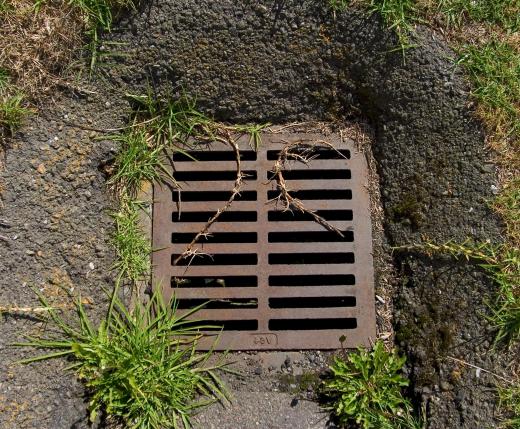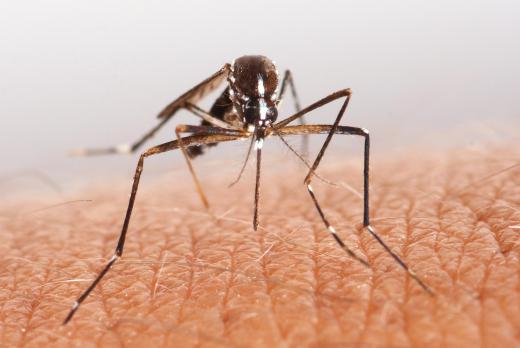What is a Drainage Area?
A drainage area is a portion of land over which water from rain and melting snow drains into a single body of water. This body of water may be a swamp, drainage pond, lake, river or tributary. The drainage area of an area is very important as it determines wastewater management strategy, and can help determine the source of pollutants.
Maps of drainage areas are very important when helping to determine not only low areas, but how future development may affect those areas. In many cases, to stop pollutants from getting into more natural areas, developments are required to build some type of catchment in order to stop the water from moving on. This catchment is often referred to as a drainage pond. Some of these are simply fenced off and left unattended, whereas others are used as centerpieces for parks or other recreational areas.

Understanding the nuances of a drainage area may also help in other ways relating to development. For example, looking at a specific drainage area may help determine where it is advisable to construct buildings and roads, and which areas should be avoided. Maps showing drainage areas are often available from local governments or from national organizations, such as the U.S. Geological Survey.

Changing a drainage area, or diverting water from one, is often very difficult because so much of it depends on the natural land relief of the area. The physical divisions between areas are often very formidable, and create significant obstacles. This is why areas prone to flooding tend to remain prone to flooding, and areas that are flood free often also tend to remain that way. While it may seem as simple as diverting water to another area, it would take a great deal of money and time to actually do so.

If a pollutant is found, the problem can often be traced back to the source by those who understand what a drainage area is. Rarely does the problem initially start where it is found. Therefore, scientists and environmental workers can trace the problem back to a source by looking at the maps, and taking readings in the field as they go along.
To help stop this situation from becoming a problem, some drainage areas have buffers and wetlands that serve as a filter, before water runs into the tributaries. Some of these are natural and some of these are designed by man for the specific purpose of protecting other natural areas. In some cases, wetlands have been drained because the buildup of organic material made them prime areas for farming. Some of those are now being restored through public or public/private partnerships.
AS FEATURED ON:
AS FEATURED ON:













Discuss this Article
Post your comments